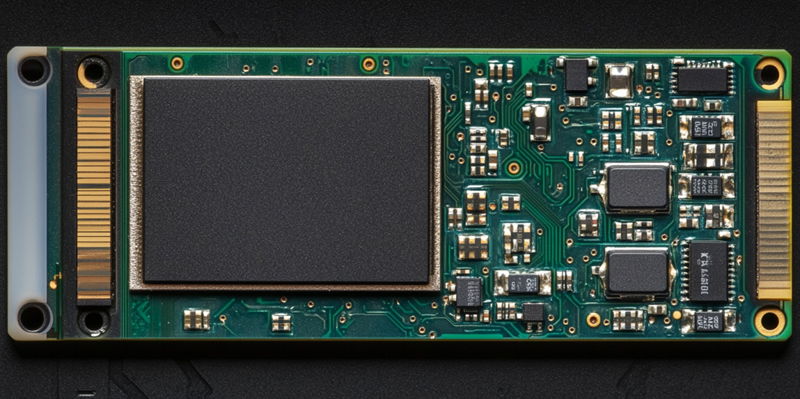Solid-state drives (SSDs) have traditionally faced challenges competing with mechanical hard drives in terms of storage capacity per dollar, despite their significant performance improvements. However, this limitation is expected to diminish gradually in the coming years. The advancements in SSD technology indicate a promising shift in the consumer market, preparing us to witness SSD capacities that could reshape the data storage landscape by the year 2029.
The projected linear growth of SSD capacities is a key theme with expectations for these capacities to double by 2027 and again by 2029. This aspirational growth is primarily driven by breakthroughs in vertical layering and densification of NAND flash technology. Industry giants like SK Hynix are pioneering these advancements, with plans to develop 400-layer NAND flash by 2025. By 2027, the industry is anticipated to reach 500+ layers and eventually move towards achieving up to 1,000 layers. Nonetheless, the challenge lies in the complexities and costs associated with manufacturing such intricate designs, which could potentially limit how effectively this layering strategy can be implemented on a large scale.
In response to these manufacturing hurdles, the industry is also exploring the densification of individual NAND layers as an alternative. This focus on increasing individual layer density without necessarily adding more layers could be pivotal. By 2029, it is anticipated that SSD density will reach an impressive 8Tb. This advance could make 8TB or even 16TB SSDs a common and affordable reality, marking a significant leap from current capacities. The implications of such capacity improvements are vast, potentially driving down the costs and making high-capacity SSDs accessible for a broader range of consumers and applications.
Technological Innovations and Future Projections
Solid-state drives (SSDs) have long struggled to match mechanical hard drives in terms of storage capacity per dollar, despite offering superior performance. However, this gap is expected to close in the coming years. Advances in SSD technology are paving the way for significant changes in the data storage market by 2029.
SSD capacities are projected to double by 2027 and again by 2029. This anticipated growth is largely due to innovations in vertical layering and densification of NAND flash technology. Companies such as SK Hynix are leading this charge, with plans to develop 400-layer NAND flash by 2025 and reach 500+ layers by 2027, ultimately aiming for 1,000 layers. However, manufacturing these complex designs is costly and could limit widespread implementation.
To tackle these challenges, the industry is also focusing on increasing the density of individual NAND layers. Boosting individual layer density without adding more layers could prove crucial. By 2029, SSD densities are expected to hit 8Tb, making 8TB or even 16TB SSDs more affordable and commonplace. These advancements could lower costs, making high-capacity SSDs accessible to a wider range of consumers and applications.

